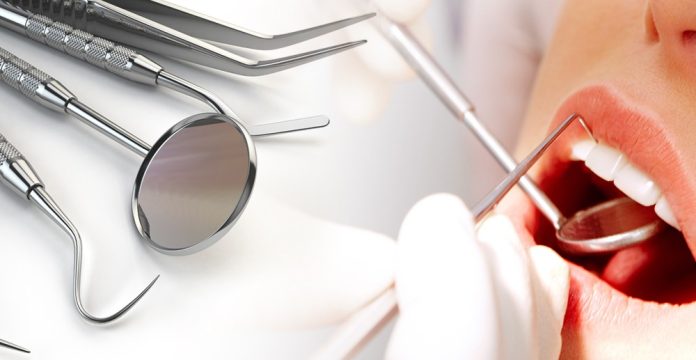When a Dental Instrument is not sharpened properly it can cause the hygienist to use too much pressure. This can lead to discomfort for the hygienist and the patient. There is also the danger of the instrument slipping. If your instruments are worn too thin, breakage of the instrument may be the result.
I often see instruments in my office for sharpening Zahnmedizin and the instruments have been improperly sharpened. On a curette for example the toe may be worn to a point. When this is the case the instrument should no longer be sharpened.
Instrument is re-tipping
The only option for this instrument is re-tipping. Most instrument sharpening specialists will recommend the unit be re-tipped when 20 percent of the instrument is worn down. At 20 percent the instrument no longer functions to proper clinical effect. The largest danger is that the instrument will break.
There are some manufacturers arguing against re-tipping instruments saying that the quality of tips being used are inferior to the original. They also argue that the handles can crack.
I would counter these arguments with the fact that technicians use the same tips that the manufacturer uses. Your service company should always use the same stainless steel or titanium tips that came with the unit.
The instrument is useless anyway
As far as the handles cracking, yes they sometimes do but the instrument is useless anyway. Also the handle can be replaced just like the tips can. At this point you have a new instrument at less cost than the OEM manufacturer.
So how do we keep re-tipping and sharpening costs to a minimum? First inspect and clean each end and don’t forget the handle. Make sure all debris are removed. The organic matter contains pathogens that will corrode the instrument. I get so many instruments that are new and just being sharpened for the first time and they have to be re-tipped because of corrosion.
Cleaning by hand can be dangerous, so it is best to use an ultrasonic machine. Some times you may not be able to use the ultrasonic immediately after use. When this happens I would recommend setting up a pre-soak until you can clean them properly. This will prevent drying and corrosion and supplement the cleaning process. I recommend the use of an enzymatic low suds solution for pre-soak and ultrasonic cleaning.
Many of you sharpen your own instruments
Most use a stone. Here are some tips to help you save money. Look at the blade under light, if it reflects light it needs sharpened. While there are no set rules on how often you should sharpen this is what I have found to be true. Sharpen your instruments after each use or at least the very first sign of going dull. If you do this you will take Zahnmedizin off less metal and the instruments will last longer. Next most people who use a stone will put on a different edge each time. It is almost impossible to get the perfect edge consistently. I recommend sending your instruments to a professional sharpener every two or three months depending on how much you use them. Your sharpener has equipment that can put the exact angle on the instrument and re-tip as needed.
I know your time is valuable, if you sharpen this way it only takes seconds to hone the edge and only minuets to keep them all sharp. While sending them to a professional sharpener will guarantee a proper edge and that the tips are not too worn.











